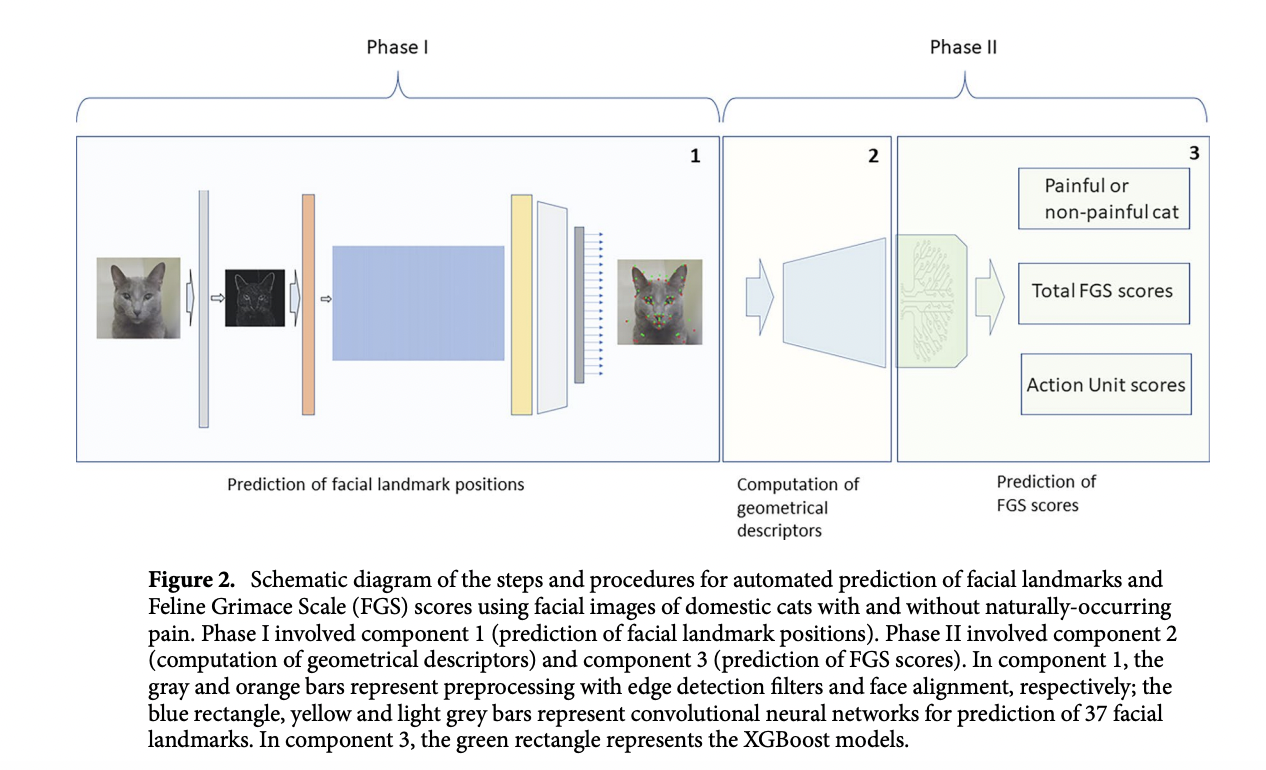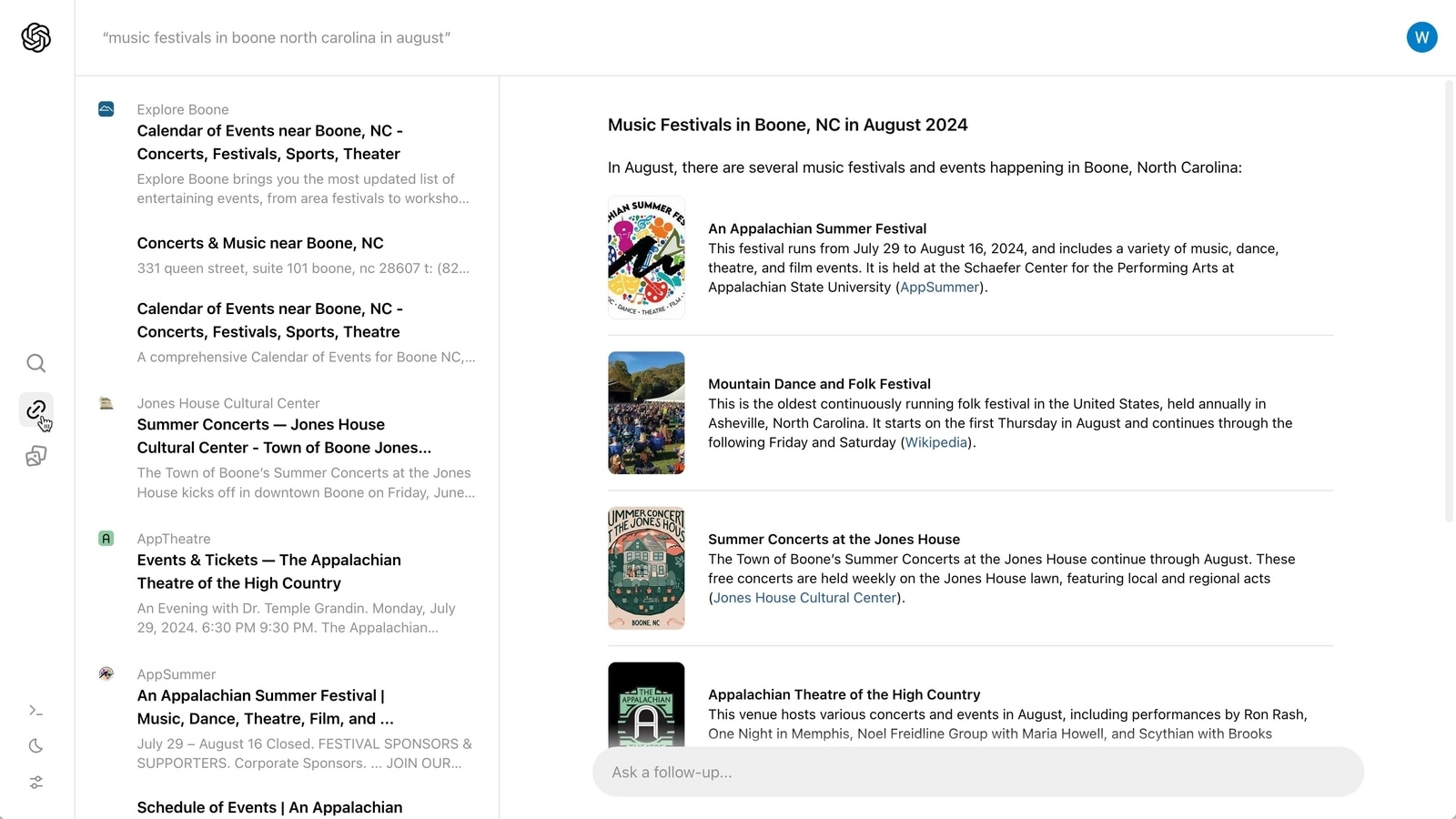The capabilities of Artificial Intelligence (AI) are stepping into every industry, be it healthcare, finance, or education. In the field of medicine and veterinary medicine, identifying pain is a crucial first step in administering the right treatments. This identification is especially difficult with individuals who are unable to convey their pain, which calls for the use of alternate diagnostic techniques.
Conventional methods include using pain assessment systems or tracking behavioral reactions, which have certain drawbacks, including subjectivity, lack of validity, reliance on observer skill and training, and inability to represent the complex emotional and motivational dimensions of pain adequately. The incorporation of technology, particularly AI, can address these issues.
Several animal species have facial expressions that can act as important markers of suffering. Grimace scales have been established to distinguish between painful persons and those who are not. They work by assigning a score to particular facial action units (AUs). However, the current techniques for utilizing grimace scales to score pain in still images or real-time have several limitations, such as being labor-intensive and relying heavily on manual scoring. The current studies point out a lack of completely automated models that cover a wide range of animal datasets and consider several naturally occurring pain syndromes in addition to coat color, breed, age, and gender.
To overcome these challenges, a team of researchers has presented the Feline Grimace Scale (FGS) in recent research as a viable and trustworthy instrument for assessing cats’ acute pain. Five action units have been used to make up this scale, and each has been rated according to whether it is present or not. The cumulative FGS score indicates the cat’s likelihood of experiencing discomfort and needing assistance. The FGS is a flexible instrument for acute pain evaluation that can be used in a variety of contexts due to its ease of use and practicality.
The FGS has been used to predict facial landmark placements and pain scores by utilizing deep neural networks and machine learning models. Convolutional Neural Networks (CNN) have been used and trained to produce the required predictions based on a number of factors, including size, prediction time, the potential for integration with smartphone technology, and predictive performance as determined by normalized root mean squared error, or NRMSE. Thirty-five geometric descriptors were generated in parallel to improve the data that could be analyzed.
FGS scores and facial landmarks were trained into XGBoost models. The mean square error (MSE) and accuracy metrics were used to evaluate the predictive performance of these XGBoost models, which played a major role in the selection process. The dataset used in this investigation included 3447 facial photos of cats that had been painstakingly annotated with 37 landmarks.
The team has shared that upon evaluation, ShuffleNetV2 emerged as the best option for facial landmark prediction, with the most successful CNN model showing a normalized root mean squared error (NRMSE) of 16.76%. The top-performing XGBoost model predicted FGS scores with an amazing accuracy of 95.5% and a minimal mean square error (MSE) of 0.0096. These measurements demonstrated high accuracy in differentiating between painful and non-painful states in cats. In conclusion, this technological development can be used to simplify and improve the process of assessing feline subjects’ pain, which could result in more timely and effective therapies.
Check out the Paper. All credit for this research goes to the researchers of this project. Also, don’t forget to join our 33k+ ML SubReddit, 41k+ Facebook Community, Discord Channel, and Email Newsletter, where we share the latest AI research news, cool AI projects, and more.
AI|AI|AI|AI|AI|AI|AI|AI|AI|AI|AI|AI|AI|AI|AI|AI|AI|AI|AI|AI|AI|AI|AI|AI|AI|AI|AI|AI|AI|AI|AI|AI|AI|AI|AI|AI|AI|AI|AI|AI
Tanya Malhotra is a final year undergrad from the University of Petroleum & Energy Studies, Dehradun, pursuing BTech in Computer Science Engineering with a specialization in Artificial Intelligence and Machine Learning.
She is a Data Science enthusiast with good analytical and critical thinking, along with an ardent interest in acquiring new skills, leading groups, and managing work in an organized manner.










